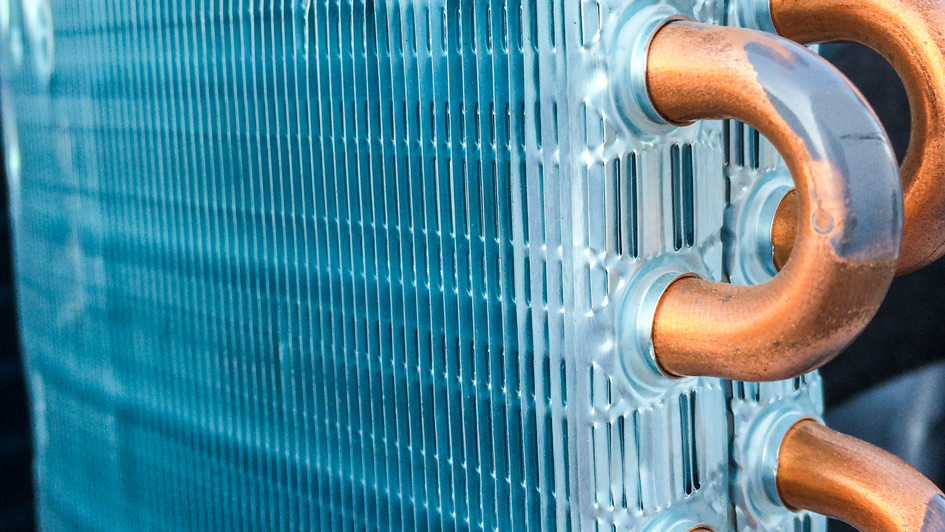
A furnace is often a background player for your home, helping keep you warm across the cold winter months. It frequently isn't noticed until a malfunction appears.
One source might be that your furnace has a cracked heat exchanger. It can potentially be hazardous, so it’s important to familiarize yourself with the symptoms of a cracked heat exchanger and what to do if you suspect that may be the problem.
What Is a Heat Exchanger in a Furnace?
A heat exchanger helps move heat from the combustion chamber inside your furnace to the air that circulates throughout the air ducts. It usually accomplishes this with coils or tubes that warm the air while functioning as a barrier to keep byproducts formed in the combustion chamber, called flue gasses, from leaking out into your home.
Is a Cracked Heat Exchanger Dangerous?
Because of its key role, it’s no surprise that a broken heat exchanger can be hazardous. A crack in the heat exchanger can permit dangerous gasses – such as carbon monoxide, which can be lethal – to circulate throughout your home.
For obvious reasons, don't ever turn on your furnace if you suspect there's a crack in the heat exchanger, as letting it run could make the whole household ill. Call an HVAC professional immediately if you are worried your furnace has a cracked heat exchanger that needs to be repaired.
Four Signs of a Cracked Heat Exchanger:
- Furnace switches off: A crack in your heat exchanger can cause your furnace to turn off.
- Unusual Smells: If the air escaping your furnace has an intense chemical odor, it may be an indicator that gas is leaking through cracks in your heat exchanger. These gasses, which may smell like formaldehyde, are a common warning sign.
- Carbon monoxide alarm goes off or you recognize poisoning symptoms: If a cracked heat exchanger is releasing carbon monoxide into your home, your carbon monoxide alarm could go off or family members could experience signs of carbon monoxide poisoning. Complications include headaches, dizziness, weakness, nausea, vomiting or feeling tired. If the alarm goes off or you feel unwell, get out of the home right away and then call for help.
- Soot: If you spot black sooty buildup around the exterior of your furnace, it’s another sign something might be seriously wrong.
What You Can Do if a Furnace Heat Exchanger is Cracked
If you worry your furnace has a cracked heat exchanger, contact a professional experienced in furnace installation Muskogee as soon as possible so they can inspect your system and, if needed, handle a furnace heat exchanger replacement. Costs often differ depending on the situation, but estimates often hover around $1,000 to $3,000.
Estimates aside, the good news is that heat exchangers are often covered by the warranty. You’ll want to check the warranty paperwork on your furnace, since while the warranty won't always cover the entire cost of repairs, it can significantly lower your bill.
How to Prevent a Cracked Heat Exchanger in Your Home
One of the easiest ways to avoid problems in your furnace overall is via routine furnace maintenance. Furnaces offer the most benefits when they operate efficiently. Contacting a certified professional to examine your furnace for broken-down parts, clogs in the air filters and other potential problems can keep you from getting a big bill later on.
It’s also beneficial to take a look at your furnace filters every few months – it’s ideal some filters be replaced every 90 days or sooner if they are dirty or grimy. While the filters aren't a part of the heat exchanger itself, the strain of pulling air through a clogged filter makes the entire furnace work harder to do its job. And the harder your furnace has to work, the more wear and tear components like the heat exchanger will sustain.
